Learn
Dendrology
Alabama Forestry Foundation defines dendrology as the systematic identification and classification of trees. Trees are identified by one or more common names depending on their region and a scientific name. All plants also have scientific names that are the same across the globe. This system is call the Binomial Nomenclature, which means two name system. The two names usually come from Latin, and mean the same to all botanists.
Scientific Name
The scientific name of a plant consists of three parts
- The first part is the genus, and is always capitalized
- The second part or word is the species name. It is not typically capitalized and describes a characteristic of the species
- The third part is an abbreviation for the person who first described and scientifically named the species.
For example, the scientific name of the white oak is Quercus alba L. Quercus is Latin for oak, alba is Latin for white, and L is the abbreviation for Linnaeus, the Swiss botanist.
Examples
Here are a few examples (Geographic Information Systems) of some Alabama trees.
| ACERACEAE | The Maple Family |
|---|---|
| Acer rubrum L. | Red Maple |
| Acer saccharinum L. | Silver Maple |
| Acer saccharum Marsh. | Sugar Maple |
| PINACEAE | The Pine Family |
|---|---|
| Pinus echinata Mill. | Shortleaf Pine |
| Pinus palustric Mill. | Longleaf Pine |
| BETULACEAE | The Birch Family |
|---|---|
| Betula nigra L. | River Birch |
| FAGACEAE | The Beech Family |
|---|---|
| Quercus alba L. | White Oak |
| Quercus falcata Michx. | Southern Red Oak |
Tree Identification
Watch Discovering Alabama: Tree Identification. You will need the information in the video to complete 2.05 Tree Identification.
Alabama Tree Manual
Now, look at a few pages from 100 Forest Trees of Alabama published by the Alabama Forestry Commission. This manual gives you lots of information about 100 trees that grow in Alabama, but this excerpt shows just a few of them. Included are common and scientific names, scientific names, features of the tree, identifying characteristics, uses, habitats, and drawings that will help you identify the tree.
Importance
Being able to identify various species of trees is very important in the forest industry. Foresters know that different trees are used for different purposes. They also understand that to maximize their profits, trees must be used in their greatest capacities. Being able to identify tree species is also important for land owners. In order to manage your forest to be the best possible forest, you must be familiar with tree species and their unique purposes.
Leaf Characteristics
Looking for specific characteristics is a key to identification. There are several leaf characteristics that can help you identify the tree. These include:
- leaf type
- leaf arrangement
- leaf shape
- leaf edges
Leaf Type
What type of leaf does the tree have?
Simple Leaf
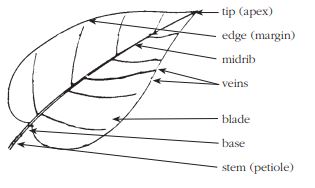
Pinnately Compound Leaf
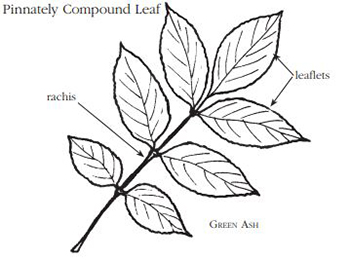
Twice Pinnately Compound Leaf
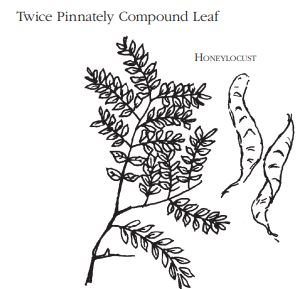
Twice Pinnately Compound Leaf
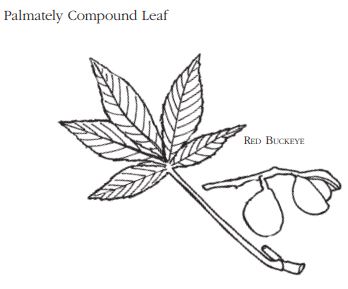
Leaf Arrangement
How are the leaves arranged?
Opposite

Alternate
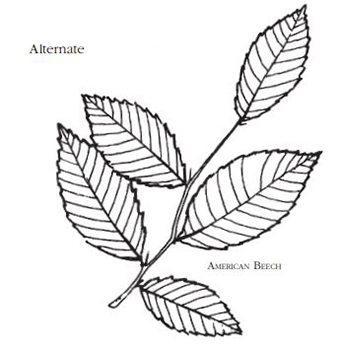
Leaf Shape
What is the shape of the leaf?
Heart-shaped
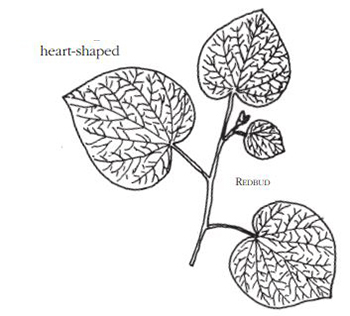
Linear
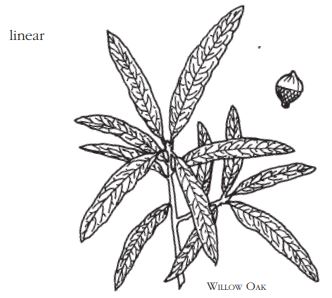
Spatula-shaped
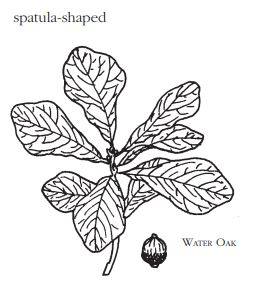
Bell-shaped

Cross-like
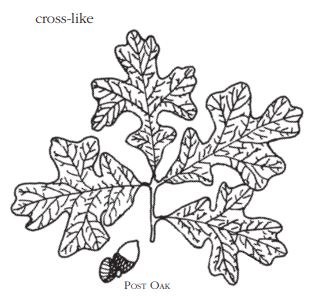
Triangular

Star-shaped
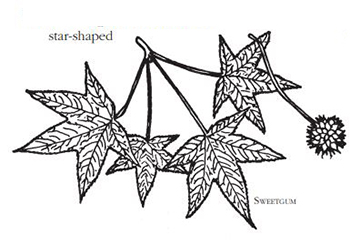
Mitten-shaped

Oblong
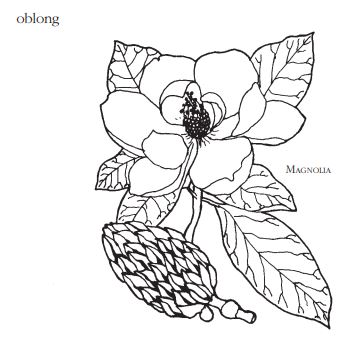
Oval
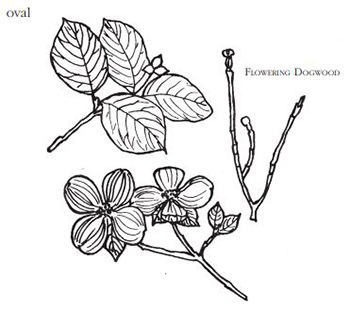
Needle-like
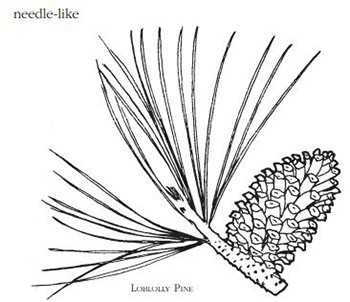
Scale-like

Tulip-shaped
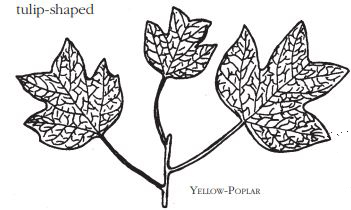
Leaf Edges
What do the edges of the leaf look like?
Smooth (entire)
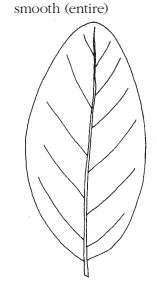
Toothed (serrate)
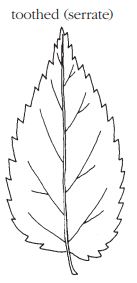
Coarsely serrate
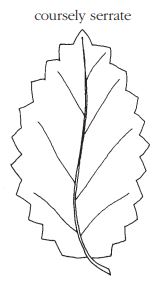
Doubly serrate

Bristle-tipped

Lobed
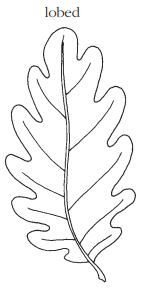
Unlobed

Name that Tree
Watch Discovering Alabama: Name That Tree. You will need the information in the video to complete 2.05 Name That Tree.